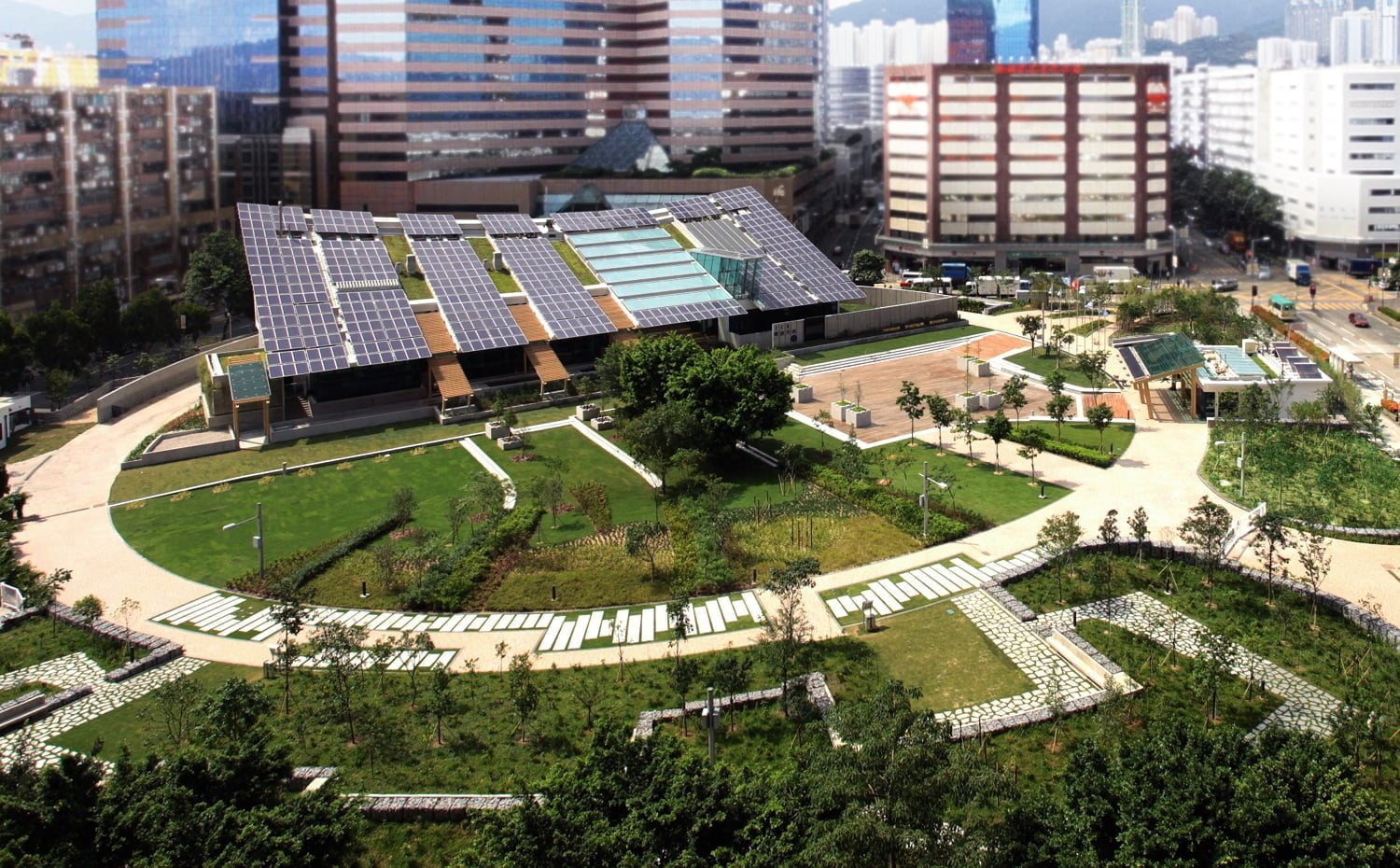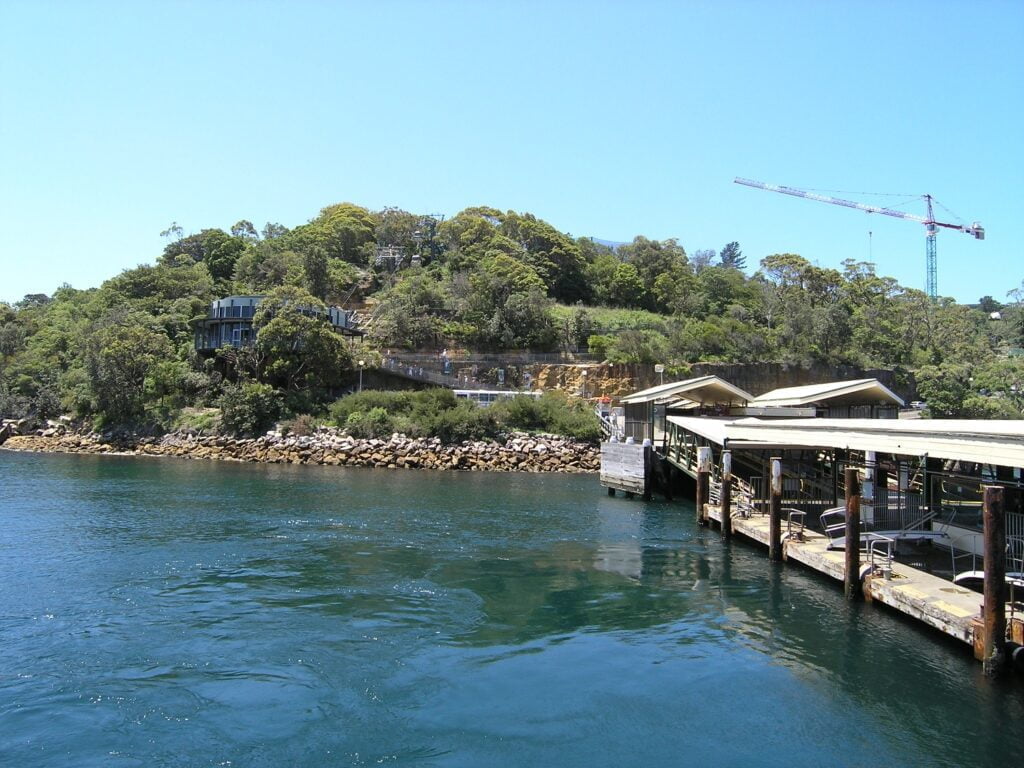Benefits and Examples of Sustainable Real Estate Development Practices
By Rose Flores of RE/MAX Gold Philippines
The 2018 Global Status Report by the United Nations Environment Programme (UNEP) shows that 36% of global final energy use and nearly 40% of energy-related carbon dioxide (CO2) emissions come from construction and operations.
There have been efforts to reduce these emissions. However, the 2022 Report has found that construction energy consumption has exceeded pre-pandemic levels with the highest single-year growth in 10 years.
With the ongoing climate crisis, there is a need to double the efforts in reducing the world’s carbon footprint. And real estate investors can join the initiative with sustainable real estate development. This initiative is a powerful strategy that can lower CO2 emissions and energy consumption, benefitting both the environment and the building occupants.
But how does sustainable real estate do so? Find out by reading more below.
What is Sustainable Real Estate Development?
Sustainable real estate development is the practice of designing, building, and managing real estate projects to minimize their environmental impact and maximize their social and economic benefits.
Sustainable living usually comes up in discussions on solving climate change and becoming eco-friendly. Often, the spotlight lands on individual efforts. However, there’s more to this philosophy than reducing waste and recycling materials. People can also incorporate it into home designs or other real estate projects.
There are many ways to implement sustainability into the design of real estate projects. These designs can help reduce a home’s carbon footprint and let the earth breathe. Here are some ways real estate developers can make eco-friendly properties for a greener earth.
Common Sustainable Real Estate Development Techniques
1. Energy efficiency
Designing buildings and systems that use less energy can reduce greenhouse gas emissions while lowering operating costs. For example, energy-efficient appliances, lighting, heating, ventilation, and air conditioning (HVAC) systems will significantly reduce long-term energy consumption.
Moreover, high-performance windows can reduce heat loss and gain during winter and summer. This feature reduces the reliance on HVAC systems to maintain a desired temperature. At the same time, large windows in strategic places allow for more natural lighting, lessening the need for electric ones.
Additionally, buildings can use renewable energy sources such as solar panels, windmills, hydroelectric, and geothermal systems, assuming they are available in the property area. These many strategies can combine to make your construction project as efficient as possible. They can low operating costs and emit less greenhouse gas outputs.
2. Water conservation
Water-efficient design in real estate reduces water usage, which can protect local resources and reduce the cost of operations. A good example is the usage of low-flow toilets and faucets since they use less water per use.
Greywater is relatively clean wastewater from baths, sinks, and washing machines. You can repurpose this type for various tasks that don’t need the purest water, such as irrigation and flushing. Some kitchen, garden, and bathroom appliances can collect greywater to reuse elsewhere.
On top of this, you can also conserve water when cleaning your landscape. The average lawn takes more than half a liter of water per square foot. However, implementing xeriscaping can lower this use. This landscaping technique uses drought-resistant plants and water-efficient methods such as drip irrigation and micro-irrigation for better targeting and reduced water use.
3. Materials selection
Choosing sustainable building materials can significantly impact the property’s environmental footprint. Developers can create sustainable buildings using recycled materials, reducing the demand for raw materials and the associated environmental impacts of extraction and processing.
For example, recycled metals, plastics, and wood can replace newly-purchased materials to serve your construction needs.
Locally sourcing your construction materials can also cut transportation emissions. If you locally source durable materials, your building can have a reduced need for maintenance over time. More than that, you’ll know where to find any materials for repairs should you ever need them.
4. Site design
Considering the sustainability of your site design is a crucial aspect of real estate development. It can help minimize a building’s environmental impact and benefit the surrounding community.
You can protect biodiversity and preserve natural resources by designing around natural habitats instead of building over them. For example, you can opt not to fill in natural bodies of water. Instead, you can use them as a feature that maintains a place for animals to drink from and live in, like what they do for golf courses.
Green spaces, such as parks or gardens, can improve air quality and noise reduction. It also provides opportunities for recreation and relaxation. Most importantly, they can provide an avenue for rainwater management, reducing the risk of flooding in the local area and erosion.

Benefits of Sustainable Real Estate Development
You may be wondering how can these sustainable strategies help your real estate development. If you are, here are some benefits of sustainable real estate development that you may find helpful as you move along with your project.
1. Environmental benefits
Sustainable development can help reduce the environmental impact of buildings and communities in many ways. In terms of energy, less consumption means fewer emissions of greenhouse gases. Water conservation is also a great benefit considering the increasing frequency of droughts.
Moreover, real estate projects can help protect and even incorporate the biodiversity and natural habitats of flora and fauna when built sustainably.
2. Economic benefits
Some sustainable development practices can reduce short-term and long-term operational costs, benefitting individual homes and commercial developments. For example, energy-efficient and water conservation systems can reduce their respective bills. Families can reduce spending at home while a business can earn more profits while staying in the office.
Sustainable materials can also require less maintenance, further reducing operating or living costs.
Green buildings are not only good for the planet, but they’re also a smart business move. They attract eco-conscious customers and investors, giving businesses a competitive edge. It also helps make the property more attractive to buyers and renters. For instance, Cambodia real estate markets have seen increased interest in sustainable properties. New to sustainable investing? It’s easier than you think! Some of the best assets to consider include green energy stocks, eco-friendly real estate trusts (REITs), or socially responsible mutual funds. These options are great for the planet and could be great for your wallet too. It’s a win-win!
3. Social benefits
Sustainable projects can create healthier, more livable communities. They can provide green spaces, walkable areas, and access to sustainable transportation options. For example, public parks and gardens, properly paved footpaths, and biking lanes can improve the local community’s quality of life.
These green spaces don’t just improve the environment with air quality and flooding control. They also give community members places to engage with each other, creating a safer and healthier area.
4. Health benefits
The indoor environment quality of sustainably constructed buildings can support its occupants’ health, mental well-being, and productivity.
Adequate ventilation and using low-toxic, sustainable materials can improve the structure’s air quality, improving the respiratory health of the occupants. For businesses, these practices can allow employees to focus better on work.
Green spaces can provide areas for physical activity, encouraging locals to be more physically active. These amenities also promote social interaction and connection. They can improve a person’s mental health by reducing stress and strengthening a sense of community.
Examples of Sustainable Real Estate Developments in the World
Sustainability is in, and real estate investors worldwide are turning their properties into eco-friendly projects. Here are some famous examples from each continent in the world.
1. North America: The Bullitt Center in Seattle, USA
The Bullitt Center is a six-story office building designed to be the greenest commercial building in the world. It features a rainwater-catching system that stores water in an underground cistern. Its rooftop solar array also provides more than enough energy for daily operations.

Author: Joe Mabel
Source
2. South America: The Museum of Tomorrow in Rio de Janeiro, Brazil
The Museum of Tomorrow boasts a design specifically to maximize the amount of energy its rooftop solar panels collect. It also has rainwater catchers to provide air conditioning for the visitors looking at their displays, depicting pieces concerning climate change and environmental degradation.

Author: Arne Müseler / www.arne-mueseler.com
3. Europe: The Eden Project in Cornwall, England
The Eden Project is a series of massive greenhouses that grow plants worldwide. It is a part art-and-science museum, part public garden property that dedicates its purpose to becoming eco-friendly. Its structures aim to be as environmentally responsible as possible, using recycled materials and renewable energy sources.

Source
4. Asia: The Zero Carbon Building in Hong Kong, HK
The Zero Carbon Building has a platinum certification from the Leadership in Energy and Environmental Design (LEED) rating system. The building is energy-efficient and carbon-neutral. It features solar panels, a green roof, and a rainwater harvesting system to provide all its occupants’ energy and water needs. A large park also provides a green space for the public.

Source
5. Africa: The Turbine Boutique Hotel and Spa in Knysna, South Africa
The Turbine Hotel is unique in that it uses the buildings of an old factory. The owners have refurbished and repurposed much of the old industrial equipment to serve as décor for the establishment. Many of its buildings feature green roofs, solar panels, and recycled materials in their construction.

6. Oceania: The Taronga Zoo in Sydney, Australia
The Taronga Zoo is a sustainable development with an emphasis on wildlife conservation. The zoo features rainwater collectors and solar panels, providing the needs of both visitors and animals inside. This development depends entirely on renewable energy. It also has projects like tree planting to offset the little greenhouse gas emissions they produce.

Source
7. Antarctica: Various research installations
While Antarctica has no permanent settlements, the continent is home to several research stations implementing sustainable development practices. For example, the United States Antarctic Program has implemented initiatives to minimize its environmental impact. These efforts include reducing energy usage, conserving water, and protecting wildlife.
Prepare for the Future with Sustainable Real Estate Development
Sustainable real estate development can benefit the environment and people occupying these structures. There are many ways to incorporate sustainability into a building’s design and operation, from energy-efficient materials and technologies to green spaces and natural elements.
There are also several excellent examples of sustainability-minded developments worldwide. They may even become the inspiration for your next projects. And when that happens, remember to include sustainability in your real estate checklist. Investing in sustainable real estate can help create a more sustainable future for all.
Author Bio:
Rose is a licensed real estate broker and the co-founder of RE/MAX Gold Philippines, a real estate company in the Philippines. Acting and real estate have always been her passions since childhood. She confidently helps close record breaking deals for residential and commercial buyers while leading her team to success. Check out their website at remaxgold.ph.